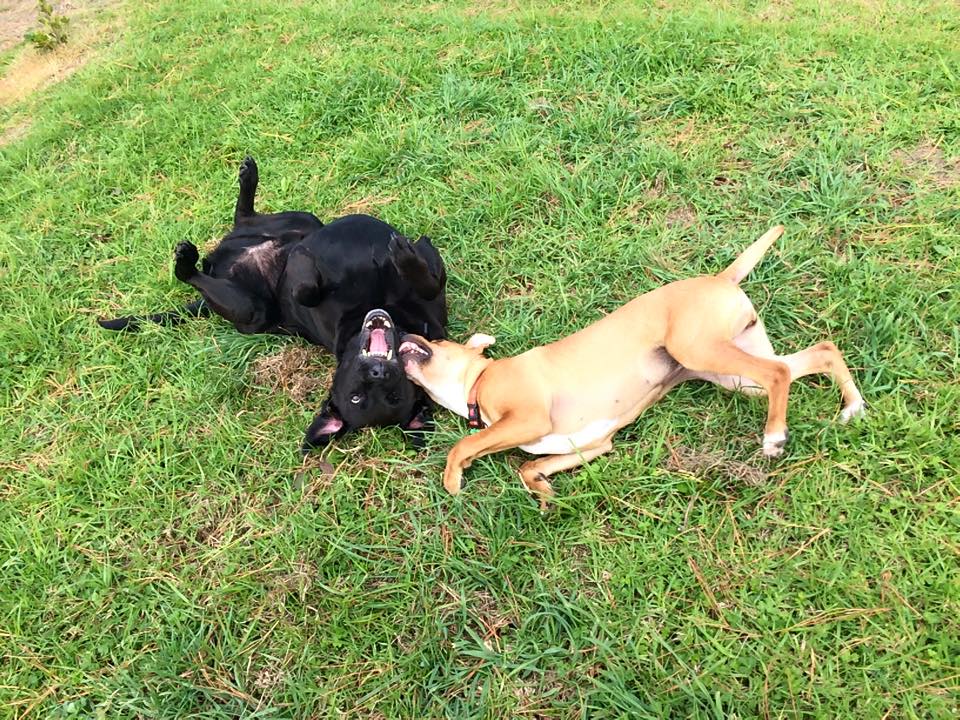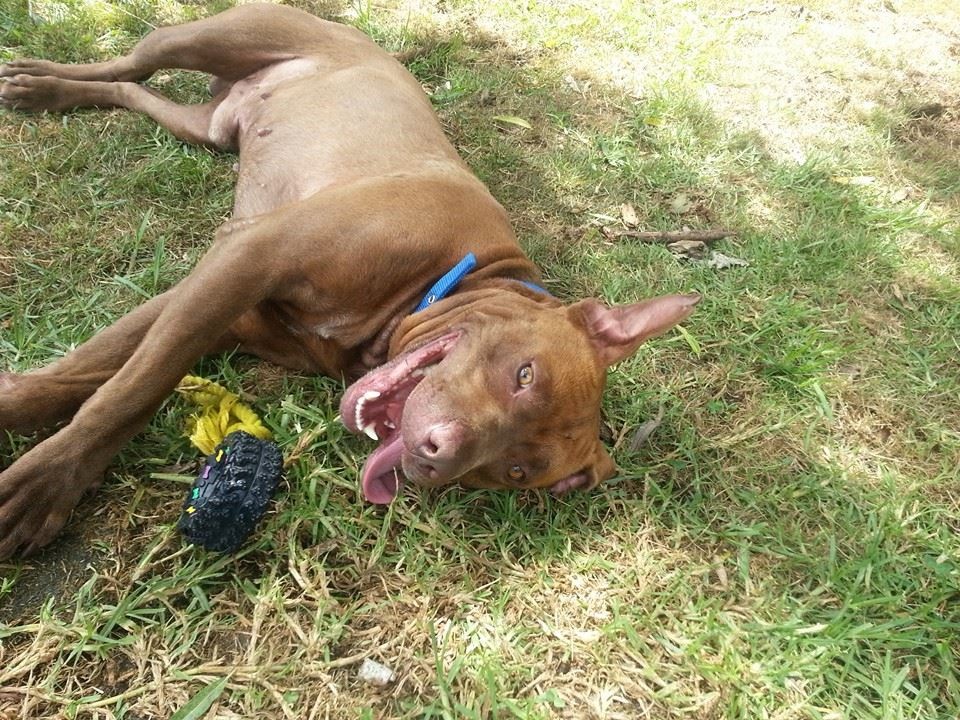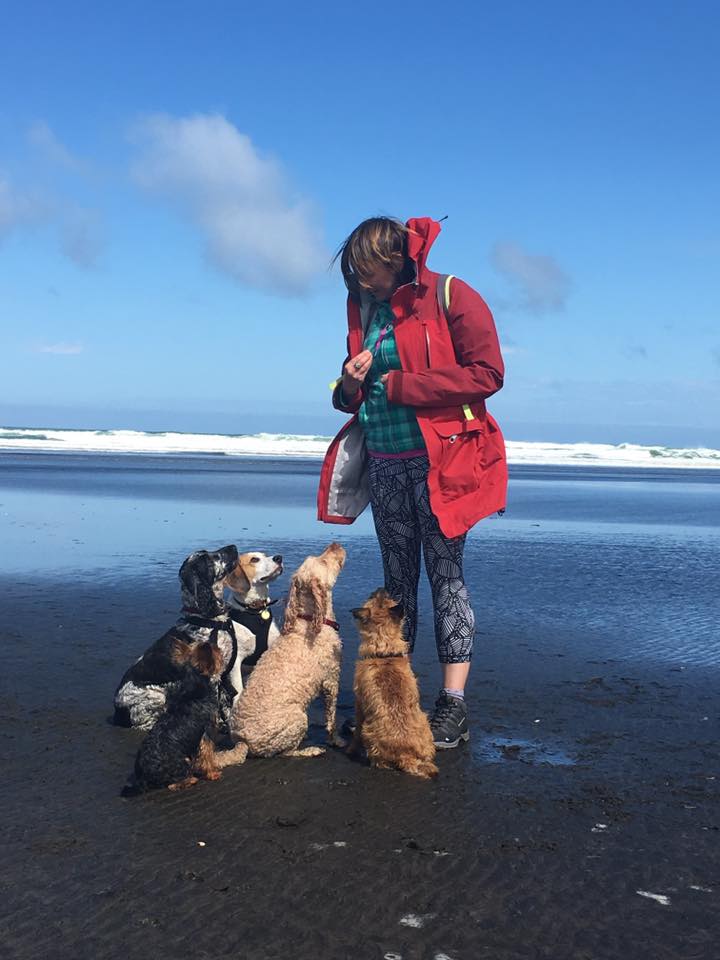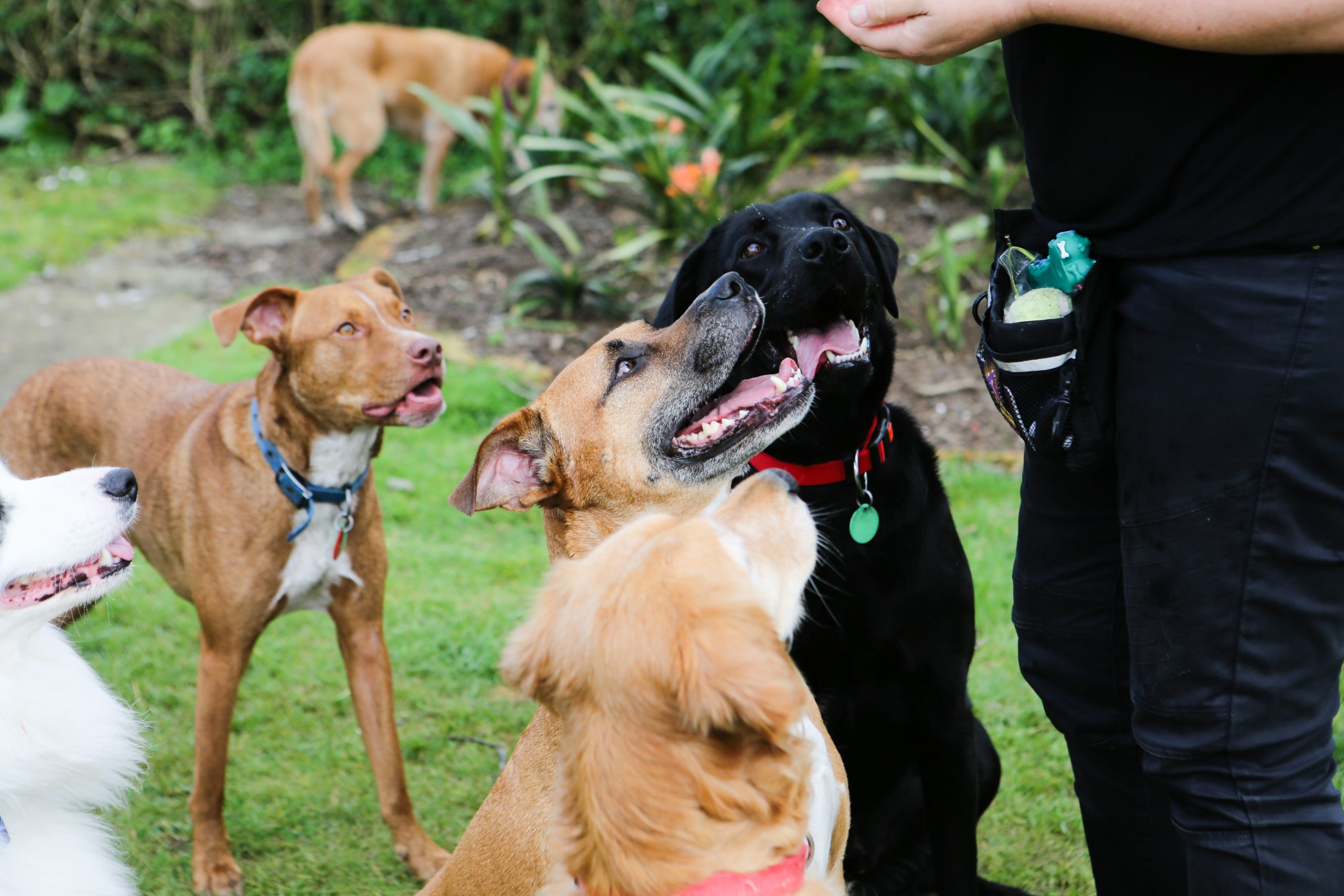
Behaviour Basics – the DOGspeak Series
Body Language: the two way street
Knowing what your dog is saying to you is another important factor of owning a dog. It can help you manage your dogs interactions with the environment, people, other dogs, cats, children, every interaction they have. Knowing your dog’s language can also help deepen the bond you share and build upon creating an even happier and mutually safe life that you share.
Dogs are experts at reading our body language and of their counterparts. Sure, some signals are overt and really obvious but there are many many more than are so subtle, even other dogs can miss them, let alone us big, lumbering human giants.
So why shouldn’t we learn to read theirs?
When assessing a dog’s behaviour, three key things to remember are that behaviour
IS…a state of mind AT…a specific time IN…a certain situation.
A behaviour is not a temperament or a personality or a label. Dr Susan Friedman of Behaviour Works talks about taking away the labeling, removing the assumptions and looking at the physical and physiological responses at that given moment in time.
Humans are big on labeling things, I think it helps us make sense of things and comprehend situations we are unsure about. When applying that to dog behaviour, and with us too, it doesn’t really help us to understand whats going on at all. If we get sad it doesn’t mean we are depressed, if we get mad it doesn’t mean we are aggressive and if we are playful it doesn’t mean we are immature or childish. It’s the same with dogs. A dog that is exhibiting reactive responses in one situation doesn’t mean that dog will be reactive in ALL situations, likewise with jumpers, biters, chasers or barkers.
Its the same story when trying to work out HOW or WHY that dog learnt to behave in that way. You’ll hear stories right across the gambit,
‘he wasn’t well socialised’
‘he was attacked by a dog once 10 years ago’
‘he was neglected’
‘someone must have hit him’
‘the kids must’ve scared him’
‘once a bird flew in front of his face and now he chases birds’
The reasons are endless and at the end of the day, it doesn’t really matter or help the situation you are dealing with at that given moment. What does help is to deal with the behaviour that is presenting, for whatever reason it is, and work with that appropriately, at THAT time, in THAT situation.
Dr. Susan Friedman from Behaviour Works advocates looking at and dissecting the behaviour using her ABC model:
A – Antecedent
B – Behaviour
C – Consequence
Without going to much into detail, (and because Susan is a godsend across the animal kingdom and can explain her techniques 1000% better than I ever can), the antecedent predicts the behaviour (in a situation, at a certain time) and the consequence will reinforce it, or not.
Susan runs a great 8 week online course from the States, you can read more about it and her other pearls of wisdom here.
The Nitty Gritty
So without getting too technical here are some tips about how to read behaviour your dog may exhibit in certain situations.
How do I know when my dog is happy and relaxed?

Some signs your dog is happy, relaxed and in a good place are:
o Soft eyes
o Relaxed ears and facial muscles
o Loose body
o Mouth slightly open with a loose floppy tongue.
THIS IS BY NO MEANS A COMPREHENSIVE LIST, SOME DOGS MAY DO ALL OR NONE OF THE ABOVE
How do I know when my dog maybe uncomfortable?

Some signs your dog may show to indicate they may need to be removed from the situation or their interactions monitored further for the situation they are currently in.
o Whale eye or moon eye (seeing the whites of their eyes)
o Leaning or looking away from you
o Ears pulled back
o Licking lips or yawning
o Lifting one paw
o Panting when NOT under exertion
o Stiffened or cowering body posture
THIS IS BY NO MEANS A COMPREHENSIVE LIST, SOME DOGS MAY DO ALL OR NONE OF THE ABOVE
How do I know when my dog maybe stressed and desperate to get away?

courtesy of drsophiayin.com
Some signs your dog may show to indicate they need to be removed from the situation IMMEDIATELY.
o Panting when NOT under exertion
o Excessive salivation
o Teeth baring
o Growling
o Avoidance i.e. running away with cowered body position
o Yelping
o Frozen – not moving and avoiding all contact
THIS IS BY NO MEANS A COMPREHENSIVE LIST, SOME DOGS MAY DO ALL OR NONE OF THE ABOVE
How do I know when my dog might bite?

Some signs your dog may show to indicate they may escalate to a bite. Remove from the situation IMMEDIATELY.
o Hard stare with furrowed brow
o Body position leaned forward and stiff
o Teeth baring with no respite
o Growling
o Snapping
o Frozen – not moving and avoiding all contact and any of the above
o Lowered or cowered body position with any of the above
o Stiff tall body position with any of the above
THIS IS BY NO MEANS A COMPREHENSIVE LIST, SOME DOGS MAY DO ALL OR NONE OF THE ABOVE PRE ESCALATING TO A BITE
FINAL WORD
So in summary, learn to read your dog and the dogs around you and respond appropriately so your dog continues to feel safe and understood.
Drop any labeling or guesses around what MIGHT have happened. Take time to learn and read the body language and LISTEN TO YOUR GUT.
If it doesn’t feel right, it probably isn’t.

Thanks to Auckland Puppy Rescue, Tall Tails, Zebbie and Zena (RIP), Hazel, Brin, Tess, Irie, Chained Dog Awareness, Passion 4 Pawz



